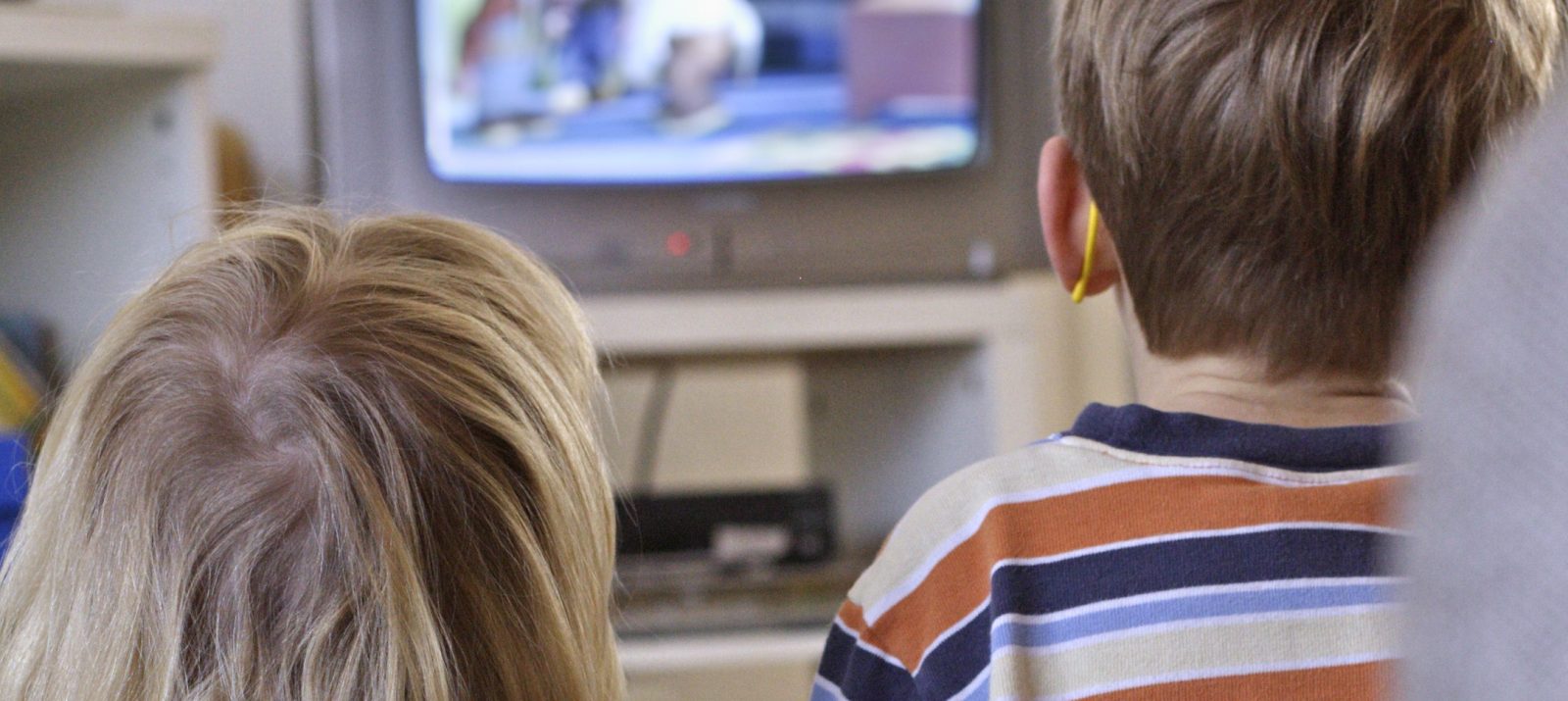
You’re probably familiar with these formats: “Ich bin ein Star, holt mich hier raus,” “Der Bachelor” or “Germanys next Topmodel. So-called trash TV shows are still popular and celebrate the beginning of a new season every year. Whether on TV or via online platforms, the offerings are numerous and increasingly bizarre to deliver the desired entertainment factor. Open enthusiasm, secret pleasure or a level-headed waste of time? Opinions are divided on the subject of trash TV.
The word trash TV comes from English and translates as “tasteless television”. Trash TV in Germany originated with the emergence of private TV stations like SAT.1 or RTL in the 1980s. In an era of ever-increasing media competition, light entertainment shows made sure to win over audiences and boost ratings. The production of trash TV formatsuses proven patterns and is cheap.
The scripted reality format in particular is booming. The staged stories and characters seem to be taken from life and are meant to give the viewers the feeling that the events are real. Quarrels, heartbreak, deceit and betrayal are just a few examples of popular themes. In reality, the plot is set beforehand and acted out by actors and actresses.
Here are a few examples of trash TV formats:
The 16th season of Germany’s Next Topmodel in 2021 was watched by an average of around 2.46 million people, with most of them aged between 3 and 14. What makes trash TV so attractive to young people?
As a change from the ordinary everyday life, trash TV series offer a world full of exciting feelings, dramas and impositions. Many young people find this kind of entertainment fascinating and exciting – so perfect for boredom.
Another phenomenon is what science calls escapism. The term comes from the English word escape and means “to flee”. In escapism , people use media consumption as an escape from reality. Switch on to switch off is the motto here, because you don’t have to think much when consuming. After a hard day at school or work, Trash TV offers the smoking head a well-deserved break, worries and problems fade into the background.
Trash TV always offers a current topic of conversation, whether in the schoolyard or via Messenger. Trash TV formats are also present with their channels on social media such as Instagram. There is a lot going on in the comments and fans have the opportunity to give free rein to their thoughts, theories or displeasure with the show. The exchange and the sense of community make the consumption of trash shows interesting for children and young people.
Trash TV formats often cross borders for the purpose of entertainment. The programs sometimes show problematic behavior such as bullying, violence or homophobia. Human and animal rights are also ignored or deliberately violated in some shows. The characters are sometimes rough with each other and sometimes get overly involved in emotions and conflicts.
Many shows and programs convey a one-sided view of the world, stereotypical role models or exaggerated body ideals to children and young people. Especially when children and young people identify with the main characters and sympathize with them, false role models can emerge.
Trash TV formats usually lack clear labels that the characters are fictitious. Young viewers may find it difficult to distinguish between fiction and reality. Although the study dates back some time, in 2011 only 22% of children and teens ages 6-18 said they were aware of fiction in trash TV shows.
Children in particular are not yet able to properly assess trash TV formats. They need the support of parents to develop an awareness of what content is true and what is not. Banning the watching of trash TV shows makes little sense, because it only arouses curiosity and interest. It is more important to stay in conversation with your child. Ask what it finds exciting about the shows it watches. Educate your child that this is a prescribed script with intentionally manufactured conflicts. Behind-the-scenes videos about the background of shows also help to understand how the formats are made. An evening of watching TV together with your child’s favorite formats can help to talk about and reflect on both the fascination of trash TV and problematic issues.